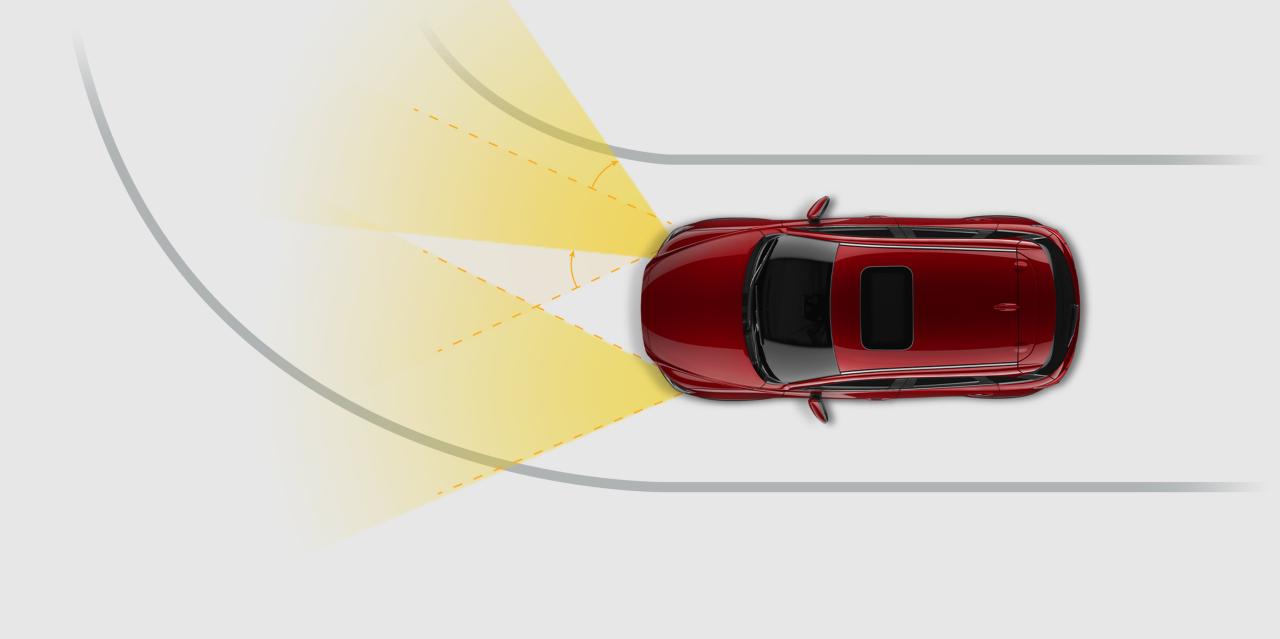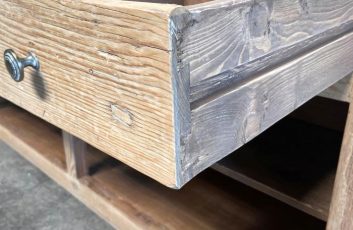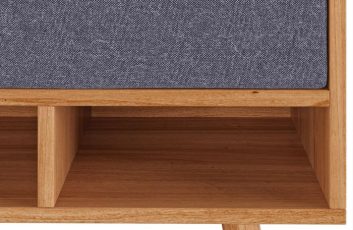Tips for maintaining your Mazda X5
Tips for maintaining your Mazda X5 – The Mazda CX-5, a popular choice for its blend of style, performance, and reliability, requires proper maintenance to ensure its longevity and optimal performance. This comprehensive guide provides detailed tips and advice on maintaining your Mazda CX-5, covering everything from routine checks to more involved procedures. We’ll explore various aspects, ensuring your CX-5 remains a joy to drive for years to come.
Regular Maintenance: The Cornerstone of a Healthy CX-5
Regular maintenance is paramount for preventing major issues and extending the lifespan of your Mazda CX-5. This includes adhering to the manufacturer’s recommended service schedule Artikeld in your owner’s manual. This schedule typically details when to perform oil changes, filter replacements, tire rotations, and other crucial tasks. Neglecting these routine checks can lead to costly repairs down the line.
Oil Changes: The Life Blood of Your Engine
Regular oil changes are arguably the most crucial aspect of Mazda CX-5 maintenance. Using the correct type and grade of oil, as specified in your owner’s manual (often 0W-20 or 5W-30), is essential. Ignoring oil change intervals can lead to engine sludge, reduced performance, and ultimately, engine failure. Consider using a high-quality synthetic oil for enhanced engine protection and longer intervals between changes.
Remember to also replace the oil filter each time.
Filter Replacements: Keeping Things Clean
Beyond the oil filter, your Mazda CX-5 has several other filters requiring periodic replacement. These include the air filter, cabin air filter, and transmission filter (if applicable). A clogged air filter restricts airflow to the engine, reducing performance and fuel efficiency. A dirty cabin air filter compromises the air quality inside the vehicle, impacting passenger comfort and potentially causing respiratory issues.
Regular replacement ensures optimal performance and a clean, healthy cabin environment.
Tire Rotation and Pressure Checks: Ensuring Optimal Handling and Fuel Efficiency
Proper tire inflation and regular rotation are crucial for maximizing tire lifespan, improving handling, and enhancing fuel efficiency. Check your tire pressure regularly using a reliable gauge and adjust as needed to the recommended pressure listed in your owner’s manual or on the sticker located inside your driver’s side doorjamb. Rotating your tires every 5,000-7,000 miles helps ensure even wear and prevents premature tire damage.
Consider investing in a tire pressure monitoring system (TPMS) for added peace of mind.

Source: donnahup.com
Brake System Inspection: Safety First, Tips for maintaining your Mazda X5
Regular brake inspections are crucial for safety. Check your brake pads and rotors for wear and tear. Listen for any unusual noises during braking, such as squealing or grinding. If you notice any issues, have your brake system inspected by a qualified mechanic immediately. Ignoring brake problems can lead to dangerous situations.
Beyond Routine Maintenance: Addressing Specific CX-5 Components
While routine maintenance is crucial, certain components of your Mazda CX-5 require more specialized attention. Understanding these components and their potential issues will help you proactively address problems and prevent costly repairs.
Proper maintenance is key to extending the life of your Mazda X5, including regular oil changes and tire rotations. Understanding the nuances of different SUV driving experiences can also inform your maintenance approach; for instance, a comparison like the one found in this article on Mazda CX-5 vs BMW X3 driving experience highlights varying demands on components.
This knowledge helps you anticipate potential issues and proactively maintain your Mazda X5’s optimal performance.
Mazda CX-5 Transmission Maintenance: Smooth Shifting for Years to Come
The transmission in your Mazda CX-5 is a complex system. Regular fluid checks and changes (as recommended in your owner’s manual) are vital. Pay attention to any unusual shifting behavior, such as slipping or harsh engagement. Addressing transmission issues early can save you from expensive repairs later.
Cooling System Care: Preventing Overheating
Your Mazda CX-5’s cooling system plays a vital role in preventing engine overheating. Regular coolant flushes and inspections are essential. Check the coolant level regularly and ensure there are no leaks. A malfunctioning cooling system can lead to catastrophic engine damage.
Electrical System Checks: Ensuring Everything Works
Regularly check your Mazda CX-5’s electrical system, including lights, wipers, and power windows. Address any malfunctioning components promptly. Electrical problems can range from minor inconveniences to major safety hazards.
Body and Paint Care: Protecting Your Investment
Regular washing and waxing will help protect your Mazda CX-5’s paint from the elements. Addressing minor scratches and dents promptly will prevent rust and further damage. Consider using a high-quality car cover to protect your vehicle from harsh weather conditions.
Troubleshooting Common Mazda CX-5 Issues
Even with diligent maintenance, some issues may arise. Understanding common problems and their solutions can save you time and money.
Check Engine Light: Don’t Ignore It
A illuminated check engine light indicates a problem within your vehicle’s engine system. Don’t ignore it! Have your vehicle diagnosed by a qualified mechanic using an OBD-II scanner to identify the specific issue. Ignoring the check engine light can lead to further damage and costly repairs.
Unusual Noises: Listen Carefully
Pay attention to any unusual noises emanating from your Mazda CX-5. These noises can indicate a variety of problems, ranging from minor issues to major mechanical failures. Have your vehicle inspected by a mechanic if you notice any unusual sounds.
Reduced Fuel Efficiency: Investigate the Cause
A sudden drop in fuel efficiency can indicate a problem with your engine, transmission, or other components. Investigate the cause promptly to prevent further damage and unnecessary fuel consumption.
Frequently Asked Questions (FAQ)
- Q: How often should I change the oil in my Mazda CX-5? A: Refer to your owner’s manual for the recommended oil change intervals. Typically, it’s every 5,000-7,500 miles or every 6 months, whichever comes first.
- Q: What type of oil should I use in my Mazda CX-5? A: Consult your owner’s manual for the recommended oil type and viscosity. This information is crucial for optimal engine performance and longevity.
- Q: How often should I rotate my tires? A: Tire rotation is typically recommended every 5,000-7,000 miles to ensure even wear and tear.
- Q: What are the signs of a failing brake system? A: Signs include squealing or grinding noises during braking, a spongy brake pedal, or a longer-than-usual braking distance.
- Q: How can I improve my Mazda CX-5’s fuel efficiency? A: Maintaining proper tire pressure, avoiding aggressive driving, and regularly servicing your vehicle can all contribute to improved fuel economy.
Resources
- Mazda USA Official Website
- Mazda Owner’s Manual Downloads
- YourMechanic (for finding local mechanics)
Conclusion: Tips For Maintaining Your Mazda X5
Proper maintenance is key to keeping your Mazda CX-5 running smoothly and reliably for years to come. By following the tips and advice Artikeld in this guide, and by staying proactive with your vehicle’s maintenance, you can ensure that your CX-5 continues to provide you with years of enjoyable driving.
Call to Action
Schedule your next Mazda CX-5 service appointment today! Contact your local Mazda dealership or a trusted mechanic to ensure your vehicle receives the care it deserves.
Quick FAQs
What type of oil should I use in my Mazda X5?
Consult your owner’s manual for the recommended oil type and viscosity for your specific Mazda X5 model and year. Using the incorrect oil can damage your engine.
How often should I rotate my tires?
Tire rotation frequency depends on your driving habits and tire wear. Consult your owner’s manual or a tire professional for recommended intervals, but generally every 5,000-8,000 miles is a good guideline.
When should I replace my brake pads?
Listen for squealing or grinding noises when braking – these are clear indicators of worn brake pads. Have your brakes inspected by a mechanic if you notice any unusual sounds or feel a decrease in braking performance.
How often should I have my Mazda X5 serviced?

Source: mazdausa.com
Refer to your owner’s manual for the manufacturer’s recommended service intervals. These are usually based on mileage or time, whichever comes first.





